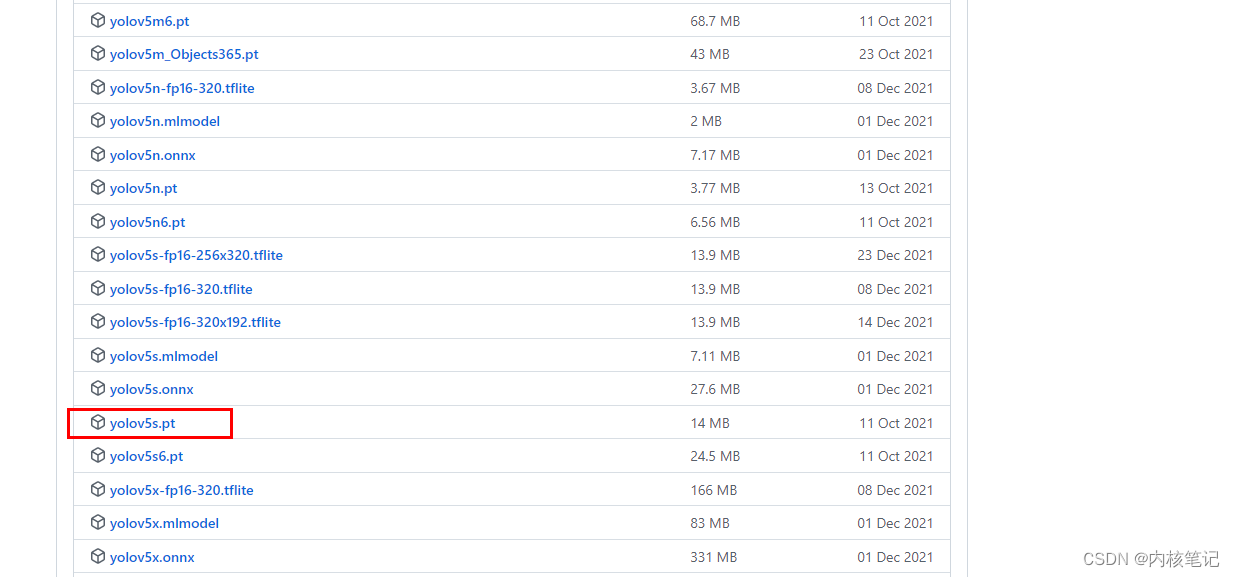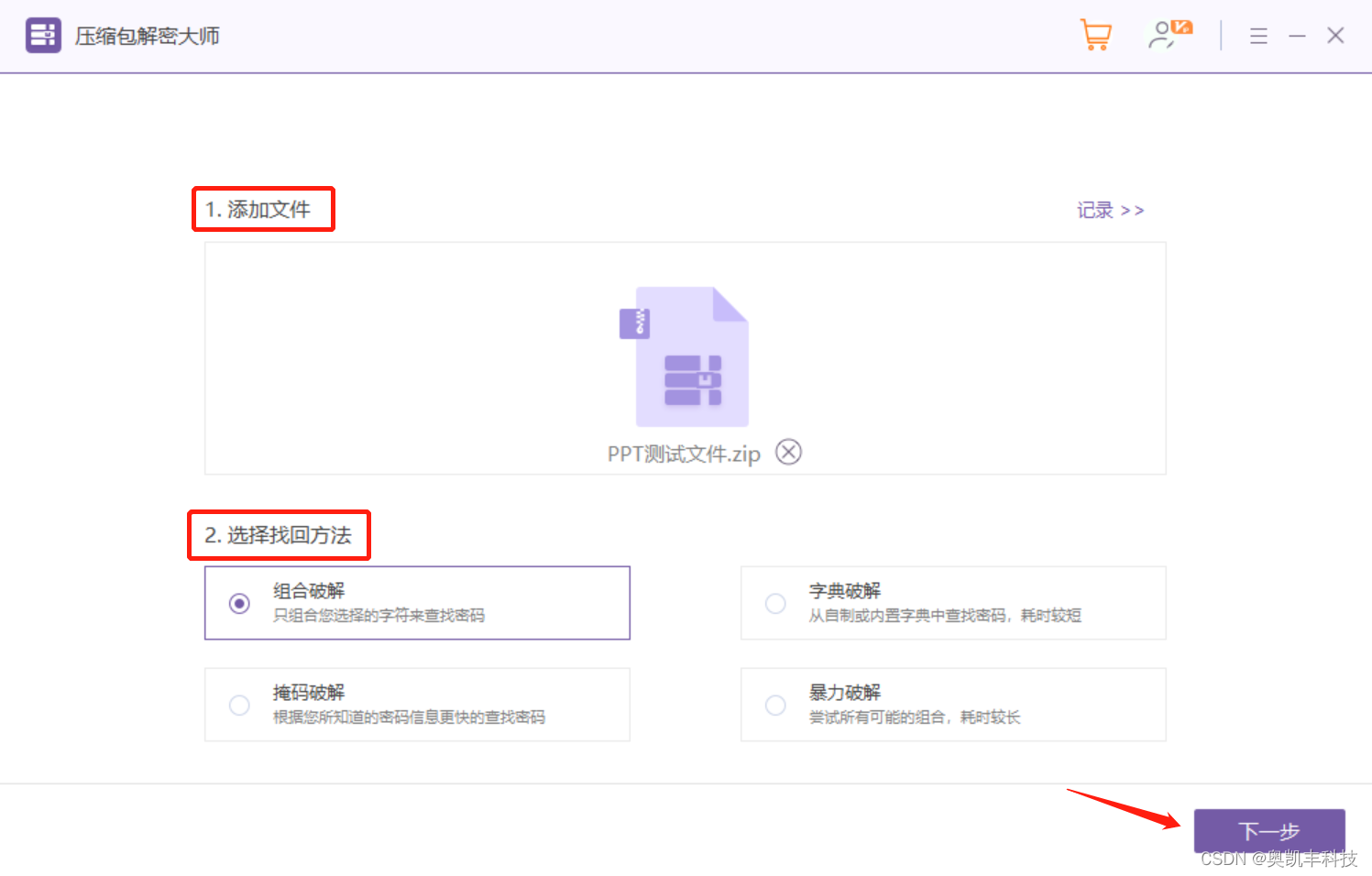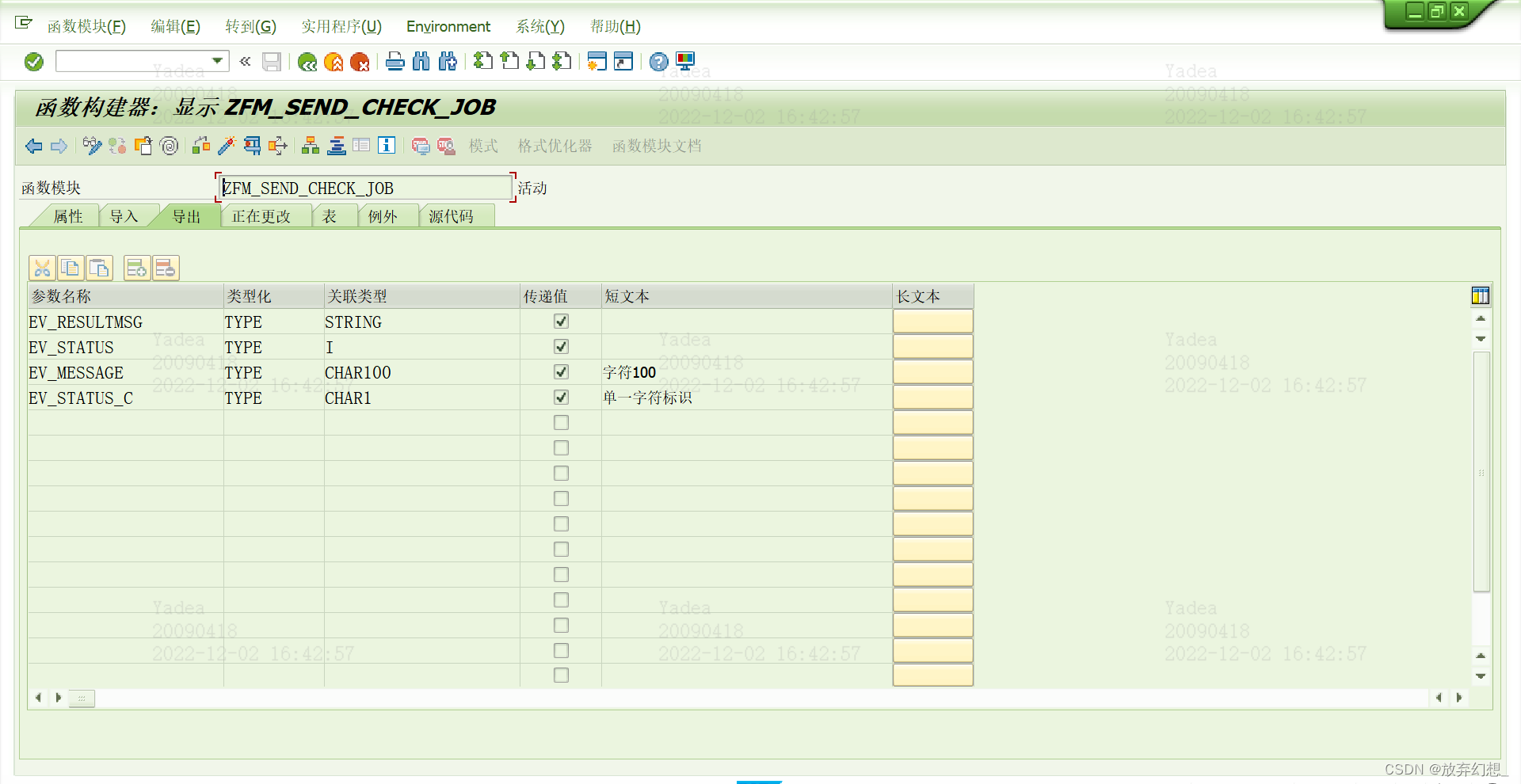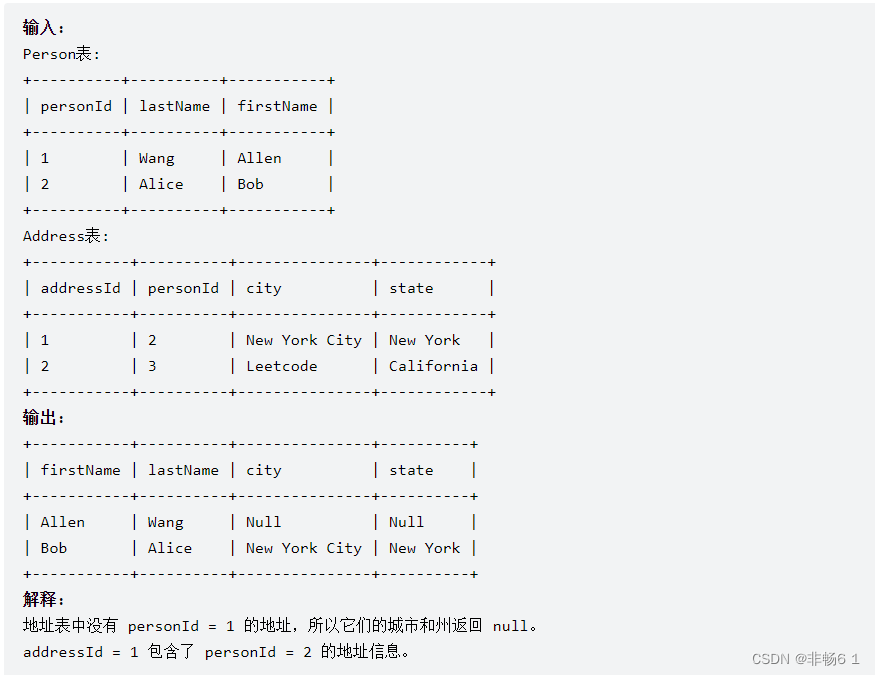tictoc16-18
- tictoc 16 全局信号signal
- tictoc 17 在仿真界面幕布上显示总条数信息
- tictoc 18
tictoc 16 全局信号signal
- 前一步的主要问题是,如果我们想要更改所收集的统计信息,就必须修改模型的代码。统计计算深入到模型代码中,很难修改和理解。
- omnet++ 4.1提供了一种叫做“信号”的不同机制,我们可以用它来收集统计数据。
- 首先,我们必须识别模型状态发生变化的事件。我们可以在这些点上发射带有所选状态变量值的信号。
- 通过这种方式,c++代码只发出信号,但是如何处理这些信号仅由附加到它们的侦听器决定。
- 模型发出的信号和处理它们的侦听器可以使用’signal’和’statistic’属性在NED文件中定义。
- 我们将收集与上一步相同的统计信息,但请注意,我们不需要任何私有成员变量来计算这些值。我们将只使用一个信号,该信号在消息到达时发出,并在消息中携带hopcount。
arrivalSignal = registerSignal("arrival");返回给定信号名称的信号ID。信号名称和id是全局的。特定名称的信号ID在第一次registerSignal()调用时被分配;对相同名称的进一步registerSignal()调用将返回相同的ID。注意:自从omnet++ 4.3以来,信号注册表在运行之间不会被清除,所以可以使用静态初始化来分配全局simsignal_t变量:
msg
message TicTocMsg16
{
int source;
int destination;
int hopCount = 0;
}
ned
simple Txc16
{
parameters:
@signal[arrival](type="long");//long型变量
@statistic[hopCount](title="hop count"; source="arrival"; record=vector,stats; interpolationmode=none);
@display("i=block/routing");
gates:
inout gate[];
}
network Tictoc16
{
types:
channel Channel extends ned.DelayChannel {
delay = 100ms;
}
submodules:
tic[6]: Txc16;
connections:
tic[0].gate++ <--> Channel <--> tic[1].gate++;
tic[1].gate++ <--> Channel <--> tic[2].gate++;
tic[1].gate++ <--> Channel <--> tic[4].gate++;
tic[3].gate++ <--> Channel <--> tic[4].gate++;
tic[4].gate++ <--> Channel <--> tic[5].gate++;
}
cc
#include <stdio.h>
#include <string.h>
#include <omnetpp.h>
#include "tictoc16_m.h"
using namespace omnetpp;
/**
* The main problem with the previous step is that we must modify the model's
* code if we want to change what statistics are gathered. Statistic calculation
* is woven deeply into the model code which is hard to modify and understand.
*
* OMNeT++ 4.1 provides a different mechanism called 'signals' that we can use
* to gather statistics. First we have to identify the events where the state
* of the model changes. We can emit signals at these points that carry the value
* of chosen state variables. This way the C++ code only emits signals, but how those
* signals are processed are determined only by the listeners that are attached to them.
*
* The signals the model emits and the listeners that process them can be defined in
* the NED file using the 'signal' and 'statistic' property.
*
* We will gather the same statistics as in the previous step, but notice that we will not need
* any private member variables to calculate these values. We will use only a single signal that
* is emitted when a message arrives and carries the hopcount in the message.
* 前一步的主要问题是,如果我们想要更改所收集的统计信息,就必须修改模型的代码。统计计算深入到模型代码中,很难修改和理解。
omnet++ 4.1提供了一种叫做“信号”的不同机制,我们可以用它来收集统计数据。首先,我们必须识别模型状态发生变化的事件。我们可以在这些点上发射带有所选状态变量值的信号。通过这种方式,c++代码只发出信号,但是如何处理这些信号仅由附加到它们的侦听器决定。
模型发出的信号和处理它们的侦听器可以使用'signal'和'statistic'属性在NED文件中定义。
我们将收集与上一步相同的统计信息,但请注意,我们不需要任何私有成员变量来计算这些值。我们将只使用一个信号,该信号在消息到达时发出,并在消息中携带hopcount。
*/
class Txc16 : public cSimpleModule
{
private:
simsignal_t arrivalSignal;
protected:
virtual TicTocMsg16 *generateMessage();
virtual void forwardMessage(TicTocMsg16 *msg);
virtual void initialize() override;
virtual void handleMessage(cMessage *msg) override;
};
Define_Module(Txc16);
void Txc16::initialize()
{
arrivalSignal = registerSignal("arrival");//返回信号的名称和ID
// Module 0 sends the first message
if (getIndex() == 0) {
// Boot the process scheduling the initial message as a self-message.
TicTocMsg16 *msg = generateMessage();
scheduleAt(0.0, msg);
}
}
void Txc16::handleMessage(cMessage *msg)
{
TicTocMsg16 *ttmsg = check_and_cast<TicTocMsg16 *>(msg);
if (ttmsg->getDestination() == getIndex()) {
// Message arrived
int hopcount = ttmsg->getHopCount();
// send a signal 发出一个号
emit(arrivalSignal, hopcount);
EV << "Message " << ttmsg << " arrived after " << hopcount << " hops.\n";
bubble("ARRIVED, starting new one!");
delete ttmsg;
// Generate another one.
EV << "Generating another message: ";
TicTocMsg16 *newmsg = generateMessage();
EV << newmsg << endl;
forwardMessage(newmsg);
}
else {
// We need to forward the message.
forwardMessage(ttmsg);
}
}
TicTocMsg16 *Txc16::generateMessage()
{
// Produce source and destination addresses.
int src = getIndex();
int n = getVectorSize();
int dest = intuniform(0, n-2);
if (dest >= src)
dest++;
char msgname[20];
sprintf(msgname, "tic-%d-to-%d", src, dest);
// Create message object and set source and destination field.
TicTocMsg16 *msg = new TicTocMsg16(msgname);
msg->setSource(src);
msg->setDestination(dest);
return msg;
}
void Txc16::forwardMessage(TicTocMsg16 *msg)
{
// Increment hop count.
msg->setHopCount(msg->getHopCount()+1);
// Same routing as before: random gate.
int n = gateSize("gate");
int k = intuniform(0, n-1);
EV << "Forwarding message " << msg << " on gate[" << k << "]\n";
send(msg, "gate$o", k);
}
tictoc 17 在仿真界面幕布上显示总条数信息
- 仿真幕布显示内容:
@figure[description](type=text; pos=5,20; font=,,bold;
text="Random routing example - displaying last hop count");
@figure[lasthopcount](type=text; pos=5,35; text="last hopCount: N/A");
msg略
ned
simple Txc17
{
parameters:
@signal[arrival](type="long");
@statistic[hopCount](title="hop count"; source="arrival"; record=vector,stats; interpolationmode=none);
@display("i=block/routing");
gates:
inout gate[];
}
network Tictoc17
{
parameters:
@figure[description](type=text; pos=5,20; font=,,bold;
text="Random routing example - displaying last hop count");
@figure[lasthopcount](type=text; pos=5,35; text="last hopCount: N/A");
types:
channel Channel extends ned.DelayChannel {
delay = 100ms;
}
submodules:
tic[6]: Txc17;
connections:
tic[0].gate++ <--> Channel <--> tic[1].gate++;
tic[1].gate++ <--> Channel <--> tic[2].gate++;
tic[1].gate++ <--> Channel <--> tic[4].gate++;
tic[3].gate++ <--> Channel <--> tic[4].gate++;
tic[4].gate++ <--> Channel <--> tic[5].gate++;
}
cc
#include <stdio.h>
#include <string.h>
#include <omnetpp.h>
#include "tictoc17_m.h"
using namespace omnetpp;
class Txc17 : public cSimpleModule
{
private:
simsignal_t arrivalSignal;
protected:
virtual TicTocMsg17 *generateMessage();
virtual void forwardMessage(TicTocMsg17 *msg);
virtual void initialize() override;
virtual void handleMessage(cMessage *msg) override;
};
Define_Module(Txc17);
void Txc17::initialize()
{
arrivalSignal = registerSignal("arrival");
// Module 0 sends the first message
if (getIndex() == 0) {
// Boot the process scheduling the initial message as a self-message.
TicTocMsg17 *msg = generateMessage();
scheduleAt(0.0, msg);
}
}
void Txc17::handleMessage(cMessage *msg)
{
TicTocMsg17 *ttmsg = check_and_cast<TicTocMsg17 *>(msg);
if (ttmsg->getDestination() == getIndex()) {
// Message arrived
int hopcount = ttmsg->getHopCount();
// send a signal
emit(arrivalSignal, hopcount);
if (hasGUI()) {
char label[50];
// Write last hop count to string
sprintf(label, "last hopCount = %d", hopcount);
// Get pointer to figure
cCanvas *canvas = getParentModule()->getCanvas();
cTextFigure *textFigure = check_and_cast<cTextFigure*>(canvas->getFigure("lasthopcount"));
// Update figure text
textFigure->setText(label);
}
EV << "Message " << ttmsg << " arrived after " << hopcount << " hops.\n";
bubble("ARRIVED, starting new one!");
delete ttmsg;
// Generate another one.
EV << "Generating another message: ";
TicTocMsg17 *newmsg = generateMessage();
EV << newmsg << endl;
forwardMessage(newmsg);
}
else {
// We need to forward the message.
forwardMessage(ttmsg);
}
}
TicTocMsg17 *Txc17::generateMessage()
{
// Produce source and destination addresses.
int src = getIndex();
int n = getVectorSize();
int dest = intuniform(0, n-2);
if (dest >= src)
dest++;
char msgname[20];
sprintf(msgname, "tic-%d-to-%d", src, dest);
// Create message object and set source and destination field.
TicTocMsg17 *msg = new TicTocMsg17(msgname);
msg->setSource(src);
msg->setDestination(dest);
return msg;
}
void Txc17::forwardMessage(TicTocMsg17 *msg)
{
// Increment hop count.
msg->setHopCount(msg->getHopCount()+1);
// Same routing as before: random gate.
int n = gateSize("gate");
int k = intuniform(0, n-1);
EV << "Forwarding message " << msg << " on gate[" << k << "]\n";
send(msg, "gate$o", k);
}

tictoc 18
- 前一步的主要问题是,如果我们想要更改所收集的统计信息,就必须修改模型的代码。统计计算深入到模型代码中,很难修改和理解。
- omnet++ 4.1提供了一种叫做“信号”的不同机制,我们可以用它来收集统计数据。首先,我们必须识别模型状态发生变化的事件。我们可以在这些点上发射带有所选状态变量值的信号。通过这种方式,c++代码只发出信号,但是如何处理这些信号仅由附加到它们的侦听器决定。
- 模型发出的信号和处理它们的侦听器可以使用’signal’和’statistic’属性在NED文件中定义。
- 我们将收集与上一步相同的统计信息,但请注意,我们不需要任何私有成员变量来计算这些值。我们将只使用一个信号,该信号在消息到达时发出,并在消息中携带hopcount。
msg略
ned
simple Txc18 extends Txc16
{
}
network TicToc18
{
parameters:
int numCentralNodes = default(2);
types:
channel Channel extends ned.DelayChannel {
delay = 100ms;
}
submodules:
tic[numCentralNodes+4]: Txc18;
connections:
// connect the 2 nodes in one side to the central nodes
tic[0].gate++ <--> Channel <--> tic[2].gate++;
tic[1].gate++ <--> Channel <--> tic[2].gate++;
// connect the central nodes together将中心节点连接在一起
for i=2..numCentralNodes+1 {
tic[i].gate++ <--> Channel <--> tic[i+1].gate++;
}
// connect the 2 nodes on the other side to the central nodes
tic[numCentralNodes+2].gate++ <--> Channel <--> tic[numCentralNodes+1].gate++;
tic[numCentralNodes+3].gate++ <--> Channel <--> tic[numCentralNodes+1].gate++;
}
cc
#include <stdio.h>
#include <string.h>
#include <omnetpp.h>
#include "tictoc18_m.h"
using namespace omnetpp;
/**
* The main problem with the previous step is that we must modify the model's
* code if we want to change what statistics are gathered. Statistic calculation
* is woven deeply into the model code which is hard to modify and understand.
*
* OMNeT++ 4.1 provides a different mechanism called 'signals' that we can use
* to gather statistics. First we have to identify the events where the state
* of the model changes. We can emit signals at these points that carry the value
* of chosen state variables. This way the C++ code only emits signals, but how those
* signals are processed are determined only by the listeners that are attached to them.
*
* The signals the model emits and the listeners that process them can be defined in
* the NED file using the 'signal' and 'statistic' property.
*
* We will gather the same statistics as in the previous step, but notice that we will not need
* any private member variables to calculate these values. We will use only a single signal that
* is emitted when a message arrives and carries the hopcount in the message.
* 前一步的主要问题是,如果我们想要更改所收集的统计信息,就必须修改模型的代码。统计计算深入到模型代码中,很难修改和理解。
omnet++ 4.1提供了一种叫做“信号”的不同机制,我们可以用它来收集统计数据。首先,我们必须识别模型状态发生变化的事件。我们可以在这些点上发射带有所选状态变量值的信号。通过这种方式,c++代码只发出信号,但是如何处理这些信号仅由附加到它们的侦听器决定。
模型发出的信号和处理它们的侦听器可以使用'signal'和'statistic'属性在NED文件中定义。
我们将收集与上一步相同的统计信息,但请注意,我们不需要任何私有成员变量来计算这些值。我们将只使用一个信号,该信号在消息到达时发出,并在消息中携带hopcount。
*/
class Txc18 : public cSimpleModule
{
private:
simsignal_t arrivalSignal;
protected:
virtual TicTocMsg18 *generateMessage();
virtual void forwardMessage(TicTocMsg18 *msg);
virtual void initialize() override;
virtual void handleMessage(cMessage *msg) override;
};
Define_Module(Txc18);
void Txc18::initialize()
{
arrivalSignal = registerSignal("arrival");
// Module 0 sends the first message
if (getIndex() == 0) {
// Boot the process scheduling the initial message as a self-message.
TicTocMsg18 *msg = generateMessage();
scheduleAt(0.0, msg);
}
}
void Txc18::handleMessage(cMessage *msg)
{
TicTocMsg18 *ttmsg = check_and_cast<TicTocMsg18 *>(msg);
if (ttmsg->getDestination() == getIndex()) {
// Message arrived
int hopcount = ttmsg->getHopCount();
// send a signal
emit(arrivalSignal, hopcount);
EV << "Message " << ttmsg << " arrived after " << hopcount << " hops.\n";
bubble("ARRIVED, starting new one!");
delete ttmsg;
// Generate another one.
EV << "Generating another message: ";
TicTocMsg18 *newmsg = generateMessage();
EV << newmsg << endl;
forwardMessage(newmsg);
}
else {
// We need to forward the message.
forwardMessage(ttmsg);
}
}
TicTocMsg18 *Txc18::generateMessage()
{
// Produce source and destination addresses.
int src = getIndex();
int n = getVectorSize();
int dest = intuniform(0, n-2);
if (dest >= src)
dest++;
char msgname[20];
sprintf(msgname, "tic-%d-to-%d", src, dest);
// Create message object and set source and destination field.
TicTocMsg18 *msg = new TicTocMsg18(msgname);
msg->setSource(src);
msg->setDestination(dest);
return msg;
}
void Txc18::forwardMessage(TicTocMsg18 *msg)
{
// Increment hop count.
msg->setHopCount(msg->getHopCount()+1);
// Same routing as before: random gate.
int n = gateSize("gate");
int k = intuniform(0, n-1);
EV << "Forwarding message " << msg << " on gate[" << k << "]\n";
send(msg, "gate$o", k);
}
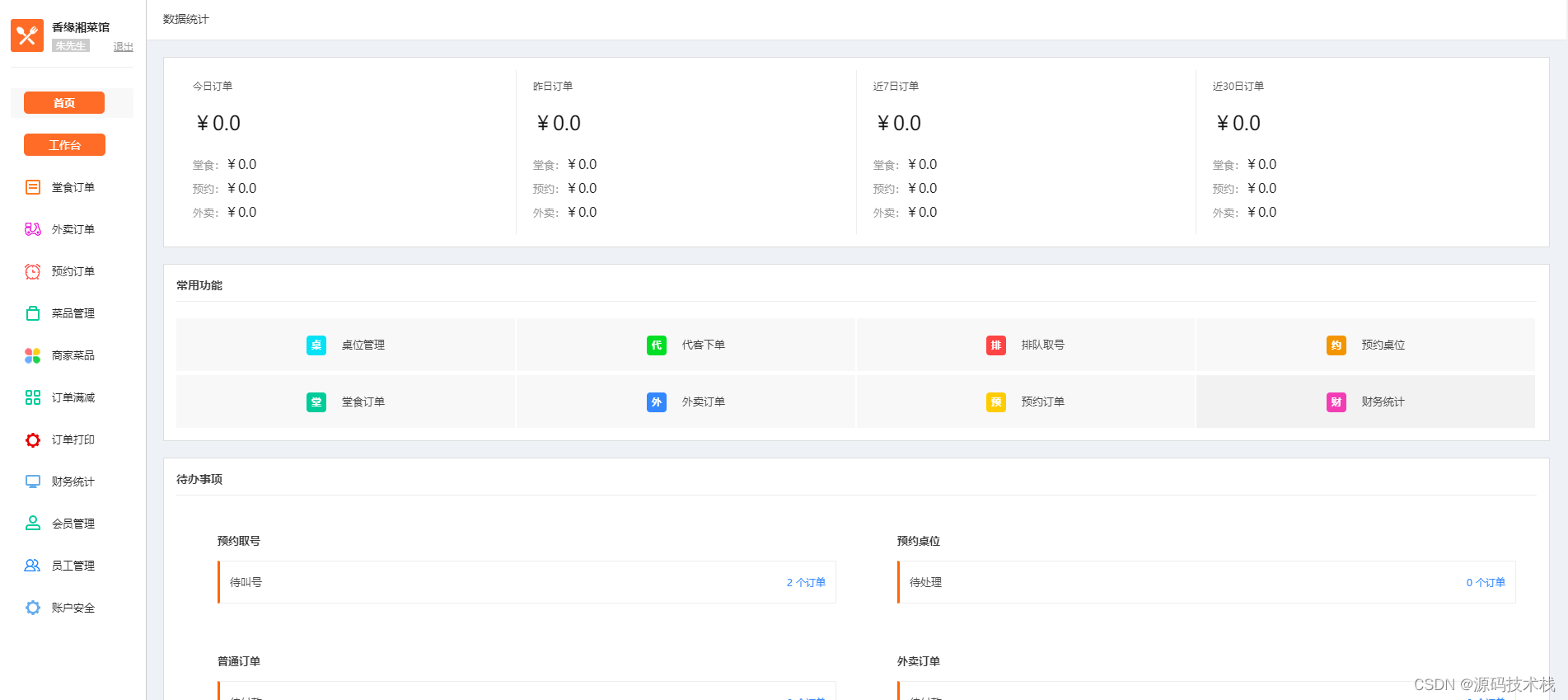



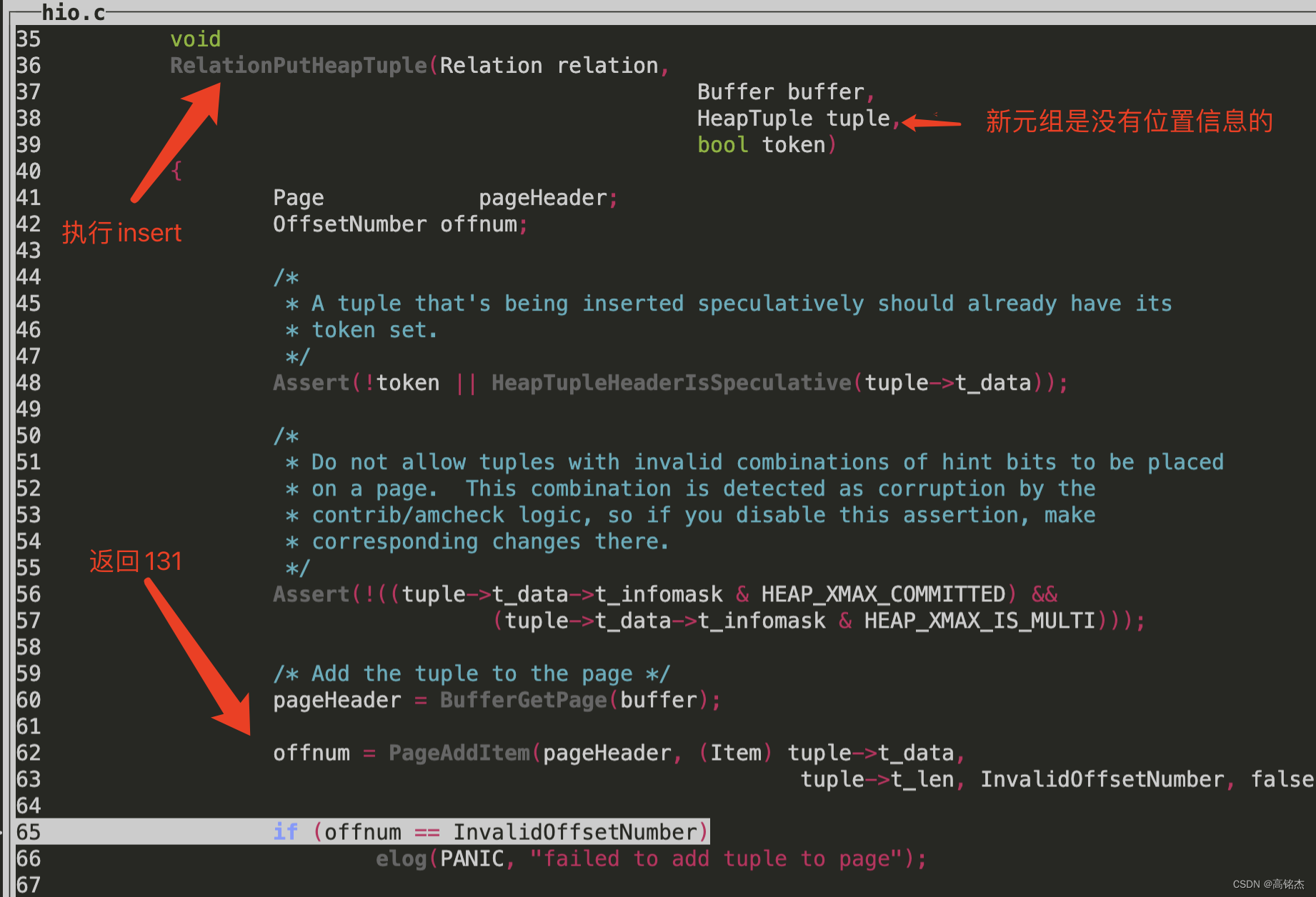
![[附源码]计算机毕业设计JAVA鑫地酒店酒水库存管理系统论文](https://img-blog.csdnimg.cn/63216809dde64c21b69bc6c41ab11ee8.png)




